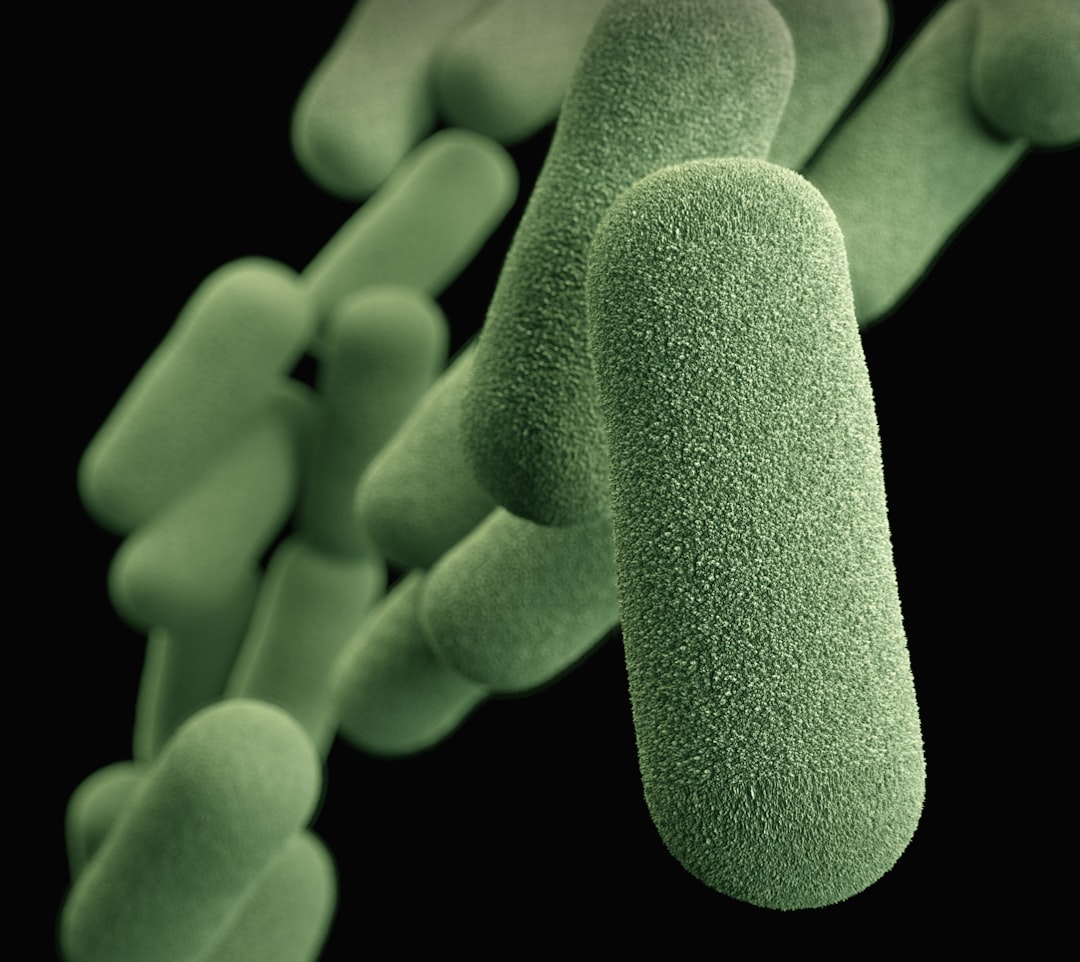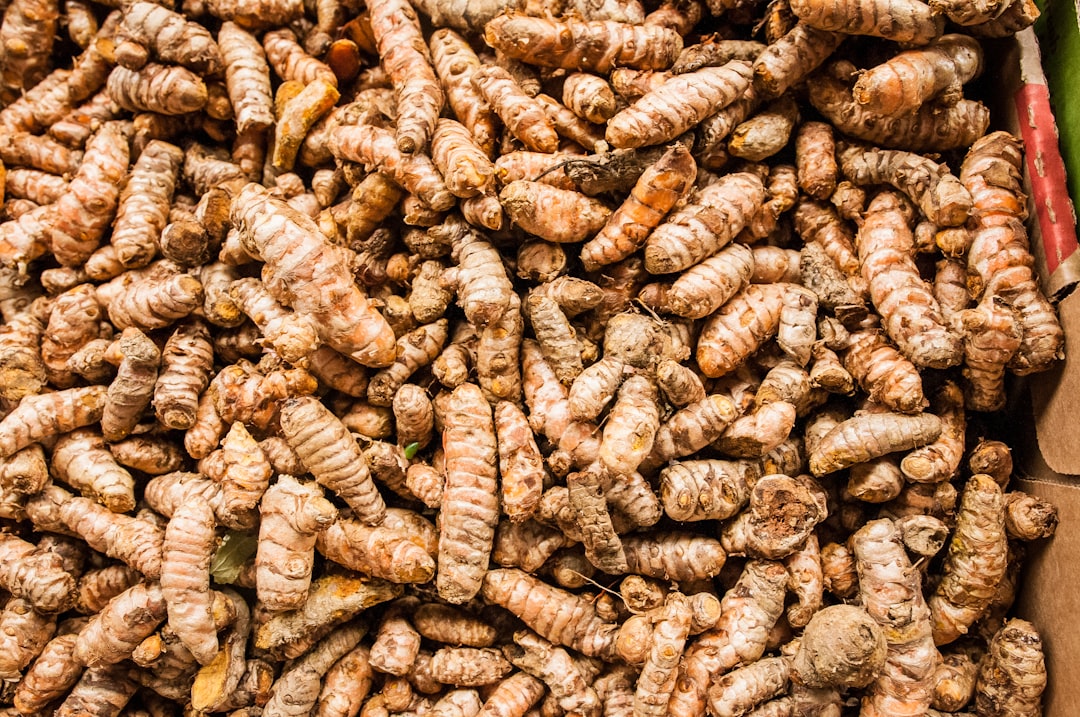What is it about?
The aim of this review is to offer a comprehensive view of recent state-of-the-art protein-based films as biodegradable materials applicable to food packaging with special reference to the application and combination of technological advances. Such advances include plasticization, cross-linking techniques, nanotechnology, and composite films.
Featured Image

Photo by Boaz Yahav on Unsplash
Why is it important?
Biodegradable and/or edible films have the potential to reduce some traditional synthetic polymeric packaging materials for specific applications. In recent years, biodegradable films prepared with animal and vegetable proteins have received increasing attention and are increasingly being used in the food-packaging industry due to their relative abundance, film-formation capacity, biodegradability, and nutritional value.
Perspectives
Research into nanocomposite film includes the opportunity to design biofilms and packaging materials with the precisely desired functional properties. By employing natural agents with antimicrobial and antioxidant properties, these materials promise to provide maintenance during storage time and to increase the shelf life of food products.
PhD. Sergio de J. Calva Estrada
Center for Research and Assistance in Technology and Design of the State of Jalisco, A.C. (CIATEJ)
Read the Original
This page is a summary of: Protein-Based Films: Advances in the Development of Biomaterials Applicable to Food Packaging, Food Engineering Reviews, March 2019, Springer Science + Business Media,
DOI: 10.1007/s12393-019-09189-w.
You can read the full text:
Contributors
The following have contributed to this page










